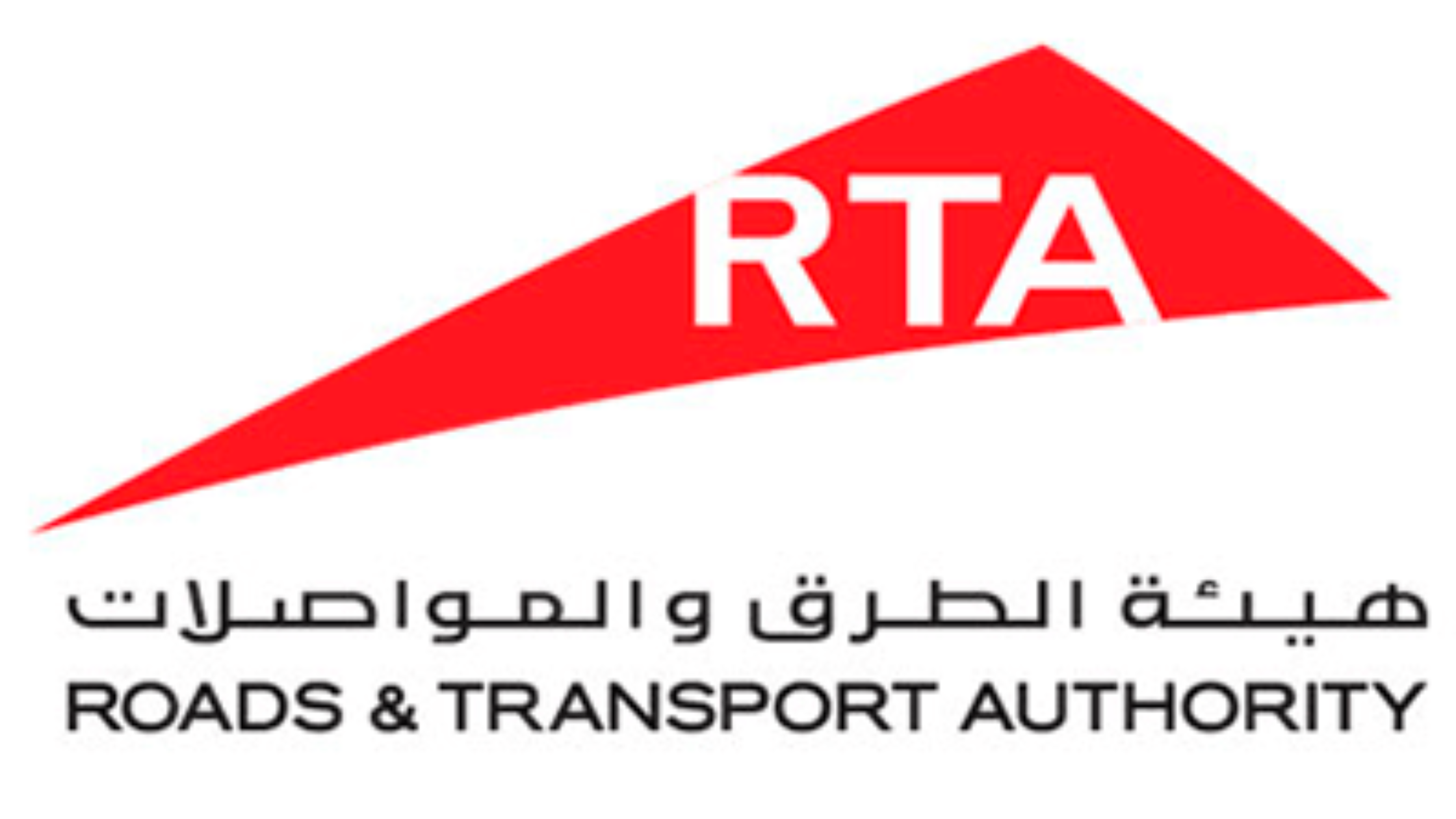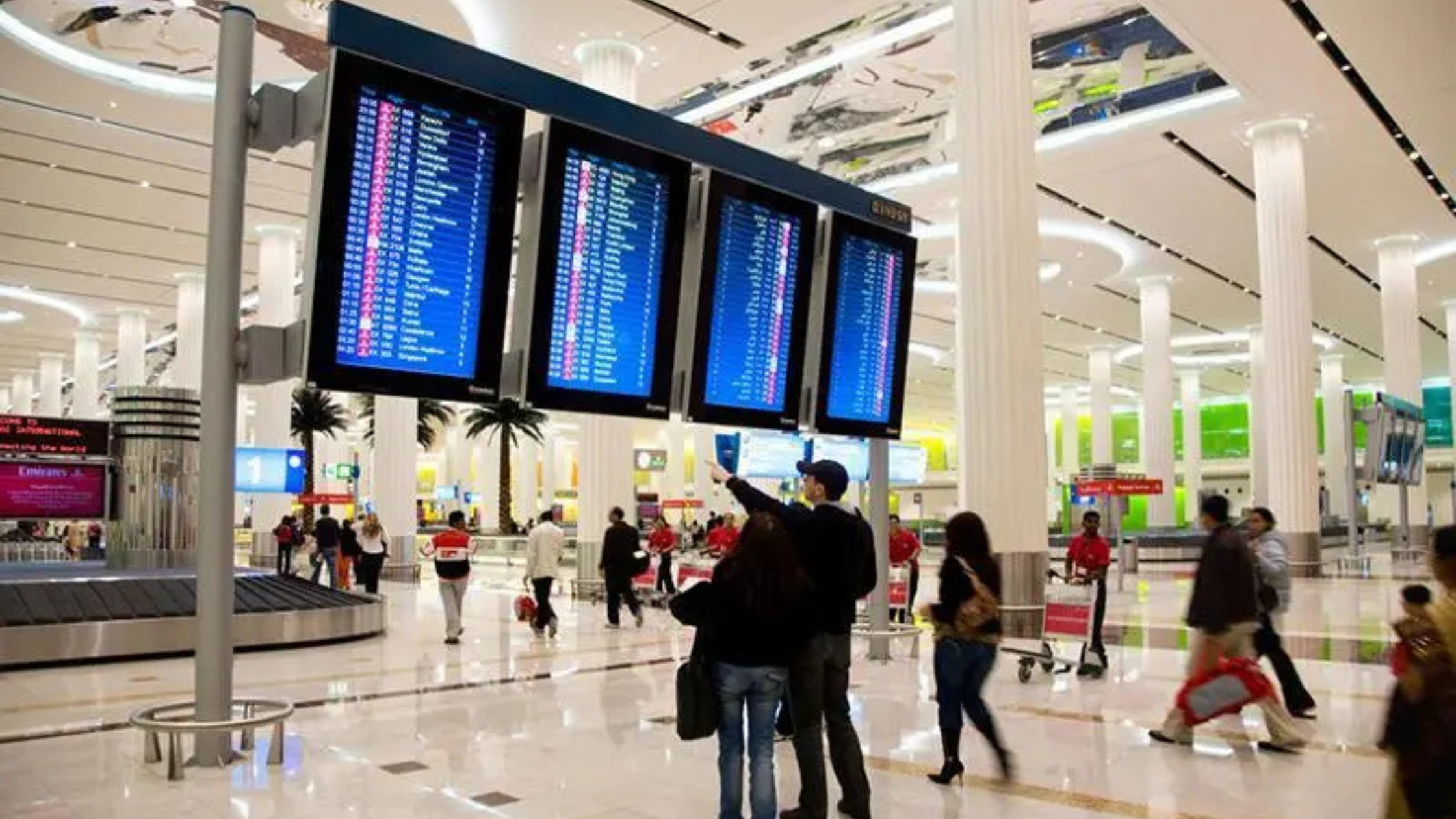Minor Earthquake Shakes Khor Fakkan, UAE: No Damage Reported

On the evening of August 5, 2025, residents in Khor Fakkan a scenic coastal town along the UAE’s east coast experienced a minor earthquake measuring 2.0 on the Richter scale. The tremor, recorded at 8:35 PM local time, was confirmed by the National Centre of Meteorology (NCM). Officials stated that while residents slightly felt the tremor, it caused no harm, no structural damage, and posed no danger to public safety.
Seismic Snapshot: What Happened?
- Magnitude & Depth: A 0-magnitude quake struck at a shallow depth of 5 km, allowing the seismic waves to be lightly felt on the surface.
- Location: The epicentre was pinpointed near Khor Fakkan, located between the Hajar Mountains and the Gulf of Oman.
- Time: The tremor occurred at 8:35 PM on Tuesday, August 5, 2025.
Despite the low magnitude, its proximity to the surface enabled it to be perceptible by some in the area.
Public Response: Mild, Yet Noticeable
Several residents reported feeling a faint shake enough to catch their attention, but not severe enough to cause alarm. Many described it as a brief vibration, similar to the sensation of a large vehicle passing by or furniture slightly shifting.
Importantly, there were no reports of damage, emergency response, or disruption to daily activities. The NCM swiftly addressed public concerns, clarifying that this minor tremor was an isolated, low-impact event.
Why Was It Felt?
Though a 2.0-magnitude earthquake is generally considered too weak to be felt, certain factors made this event more noticeable:
- Shallow Epicentre: At just 5 km deep, the quake’s energy had less ground to travel before reaching the surface.
- Quiet Evening Conditions: Many people were indoors and still, making it easier to detect the faint motion.
- Local Geology: The terrain around Khor Fakkan and the Hajar Mountains may amplify seismic waves.
These elements combined to make the tremor more perceptible than others of similar magnitude.
Seismic Activity in the UAE: A Broader View
Although the UAE is not known for major earthquakes, it occasionally experiences mild seismic activity, primarily due to its proximity to active tectonic zones such as southern Iran and the Makran Subduction Zone in the Oman Sea.
Some historical examples:
- Masafi, Ras Al Khaimah, and Dibba have previously recorded minor tremors ranging between 9 to 3.2 in magnitude.
- In May 2024, a 1-magnitude tremor near Ras Al Khaimah was slightly felt but caused no damage.
- In June 2024, Masafi experienced a 8-magnitude event.
Experts regularly emphasize that these quakes are natural geological phenomena, and pose minimal risk to the UAE’s modern, earthquake-resilient infrastructure.
Statement from the NCM
Shortly after the incident, the National Centre of Meteorology (NCM) issued an official confirmation:
“A minor earthquake of magnitude 2.0 on the Richter scale was recorded in Khor Fakkan at 8:35 PM on August 5, 2025. The event was slightly felt by residents but had no effect.”
They also released a visual map highlighting the quake’s epicentre and advised residents that no safety protocols or emergency actions were necessary.
Expert Insight: Is There Any Risk?
Geologists and seismologists agree that the UAE remains geologically stable, but occasional tremors are possible due to its nearness to active zones.
- The Makran Subduction Zone, located in the northern Arabian Sea near Iran and Pakistan, is one of the closest sources of potential seismic activity.
- These distant tectonic shifts sometimes send residual waves toward the eastern UAE, especially around Fujairah, Masafi, and Khor Fakkan.
While rare, such events are closely monitored by the NCM’s seismic monitoring systems, which are equipped to detect even the most minor movements.
What Should Residents Do During a Tremor?
Even though this was a non-threatening event, authorities continue to educate the public about earthquake preparedness. Here’s what you should do in the event of a tremor:
- Stay calm. Do not panic or rush outdoors.
- Drop, Cover, and Hold On. Take shelter under a sturdy table or piece of furniture.
- Avoid elevators and glass surfaces.
- Stay updated. Follow the NCM on social media or via official emergency platforms.
- Do not spread misinformation. Share only confirmed reports from official sources.
Modern UAE structures are built with strict safety standards and are equipped to withstand light seismic events like this.
A Quick Look at Khor Fakkan’s Seismic Sensitivity
Khor Fakkan’s unique geography makes it a location where tremors, though rare, are slightly more likely to be noticed:
- The Hajar Mountains may act as a conduit for seismic energy.
- The Gulf of Oman’s geological features interact with the Arabian plate, occasionally transferring energy to nearby towns.
- Khor Fakkan lies close to tectonically active zones, though still at a safe distance.
However, experts reassure that there is no indication of increased seismic risk in the region.
While the 2.0-magnitude earthquake on August 5 may have briefly caught the attention of Khor Fakkan’s residents, it served as a reminder of the natural geological forces at play beneath the Earth’s surface. More importantly, it highlighted the efficiency of the UAE’s seismic monitoring systems, and the preparedness of its citizens and authorities to handle such minor events with calm and confidence.
As the UAE continues to urbanize and expand, investment in public safety, awareness campaigns, and real-time monitoring tools ensures that residents remain informed, reassured, and safe.







